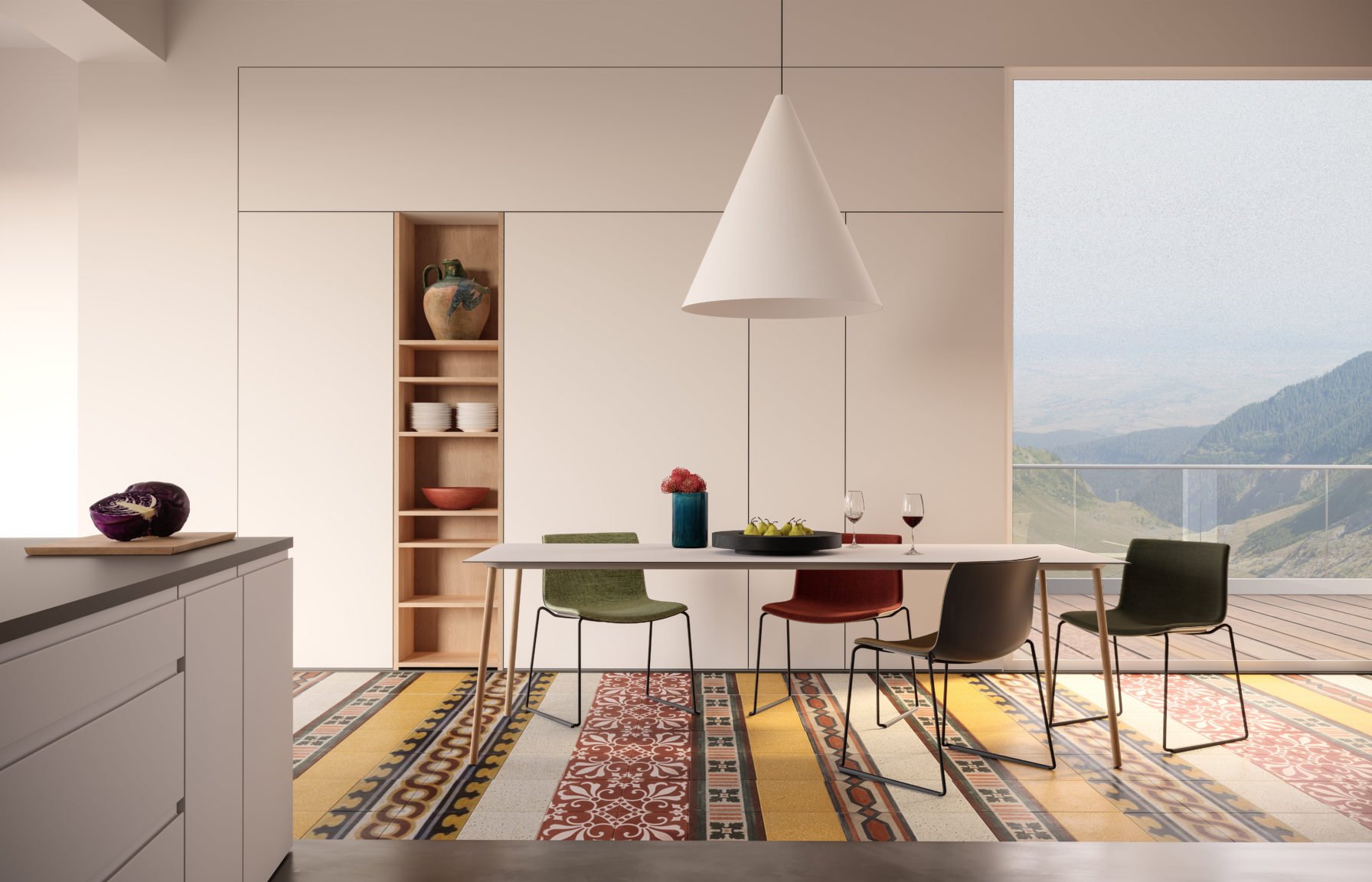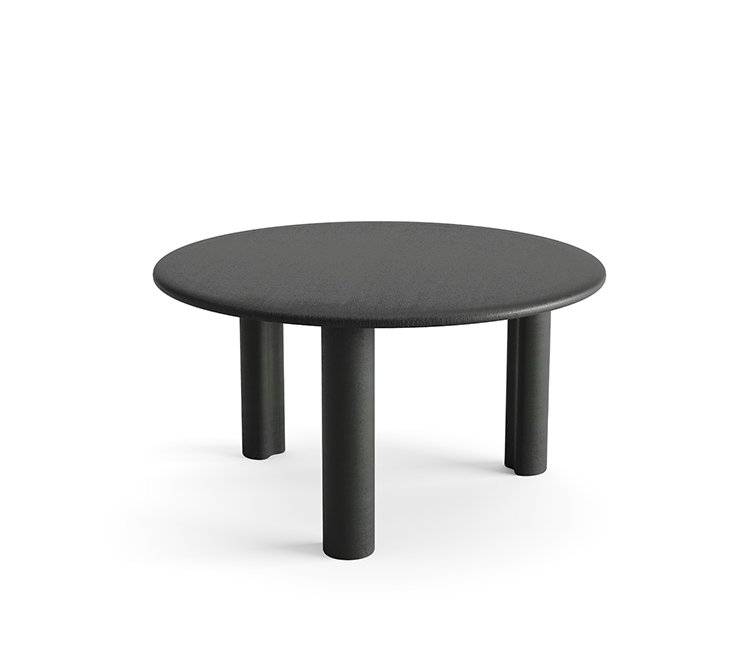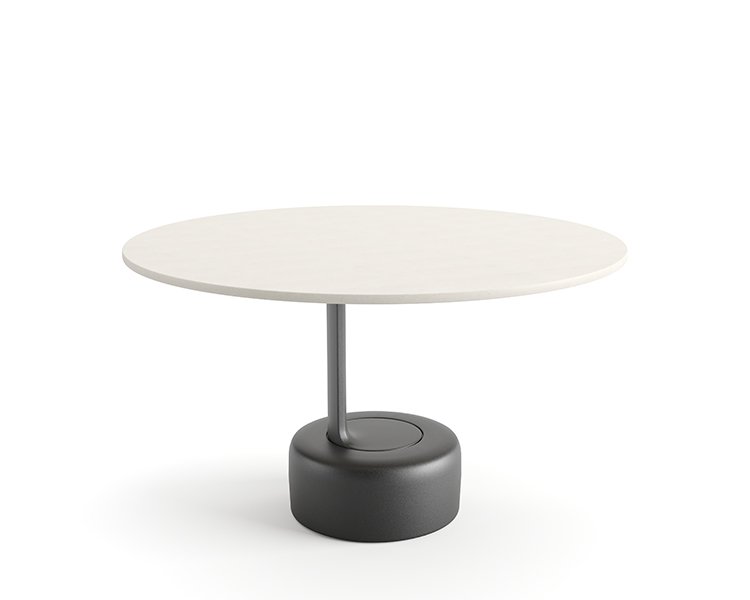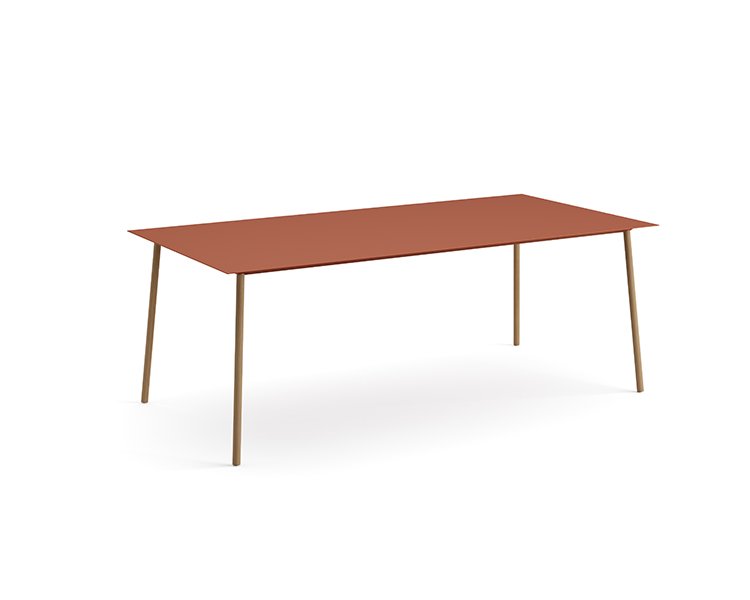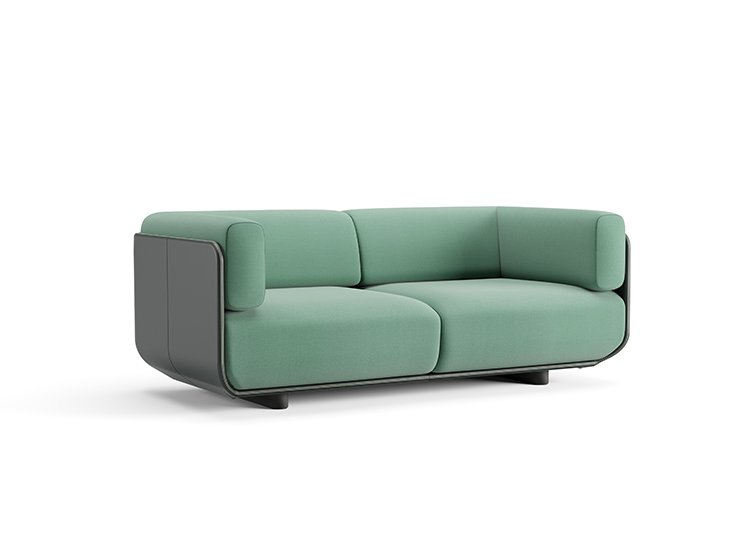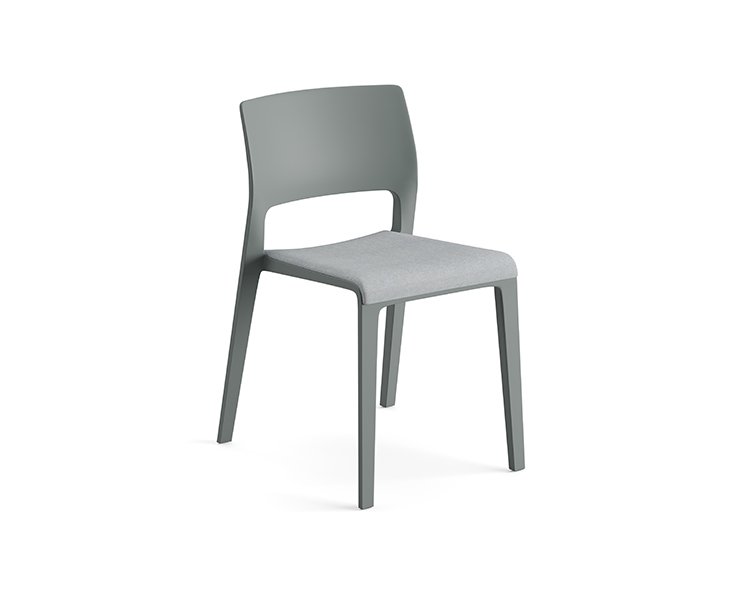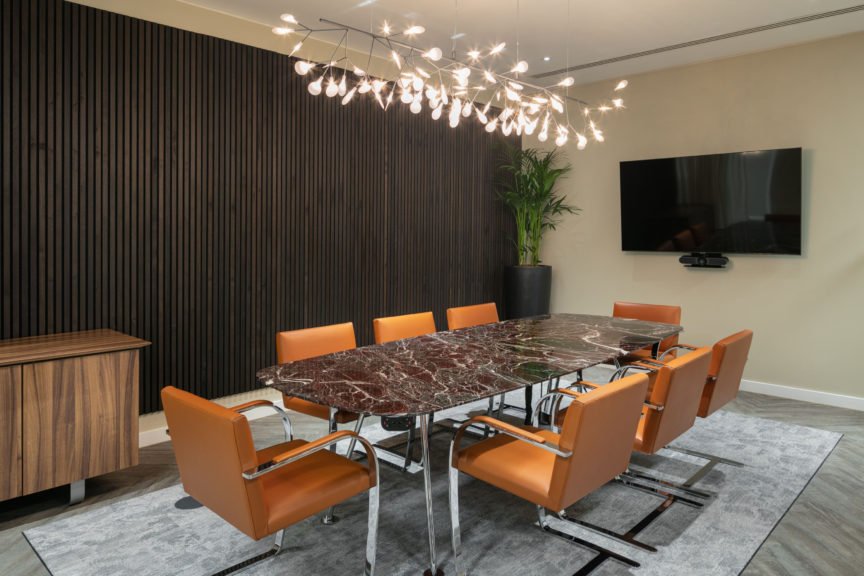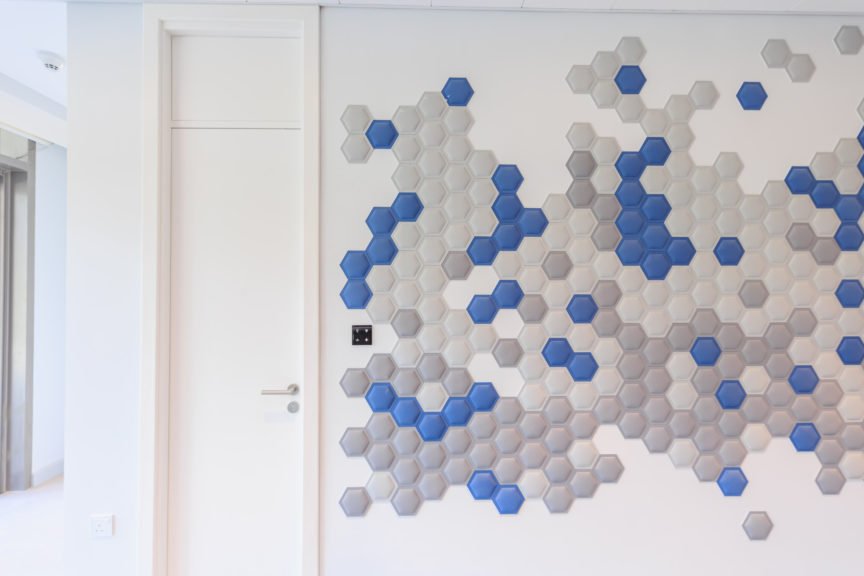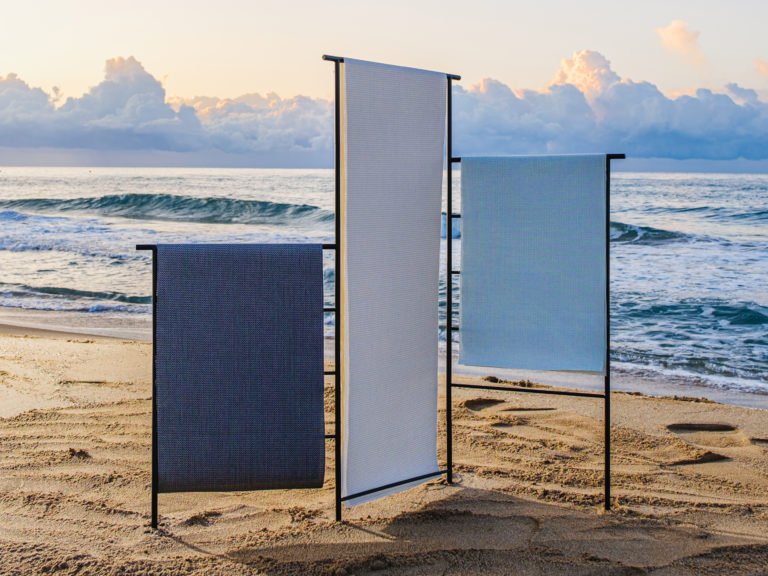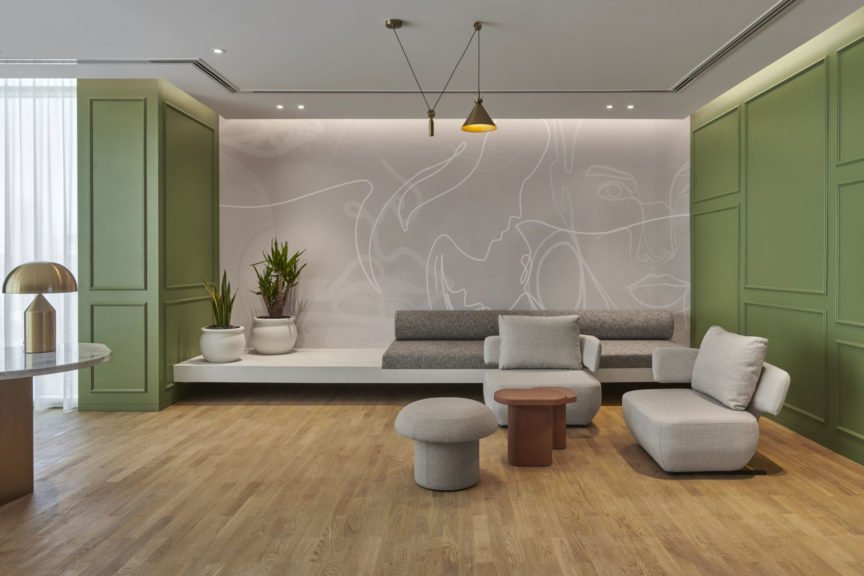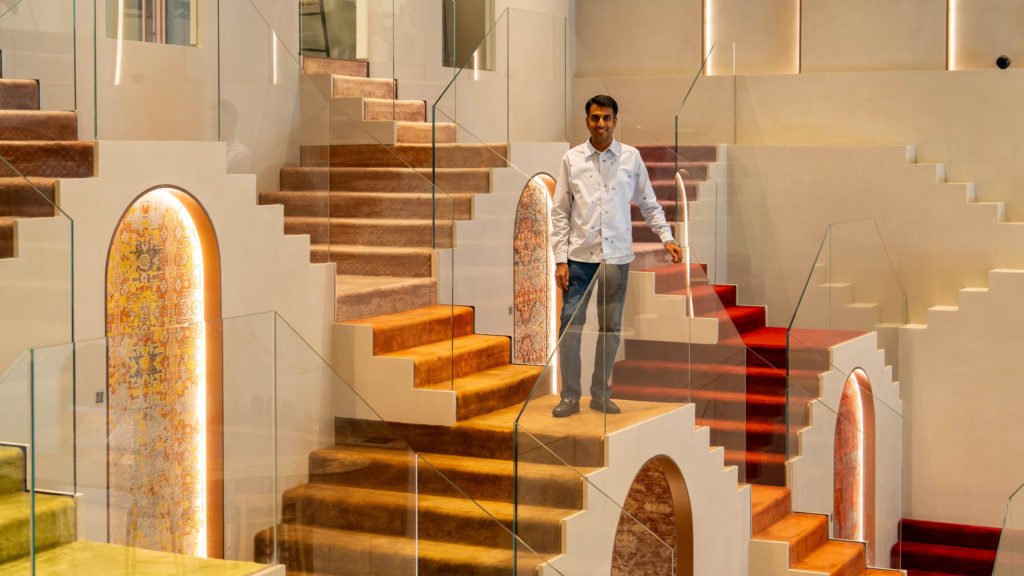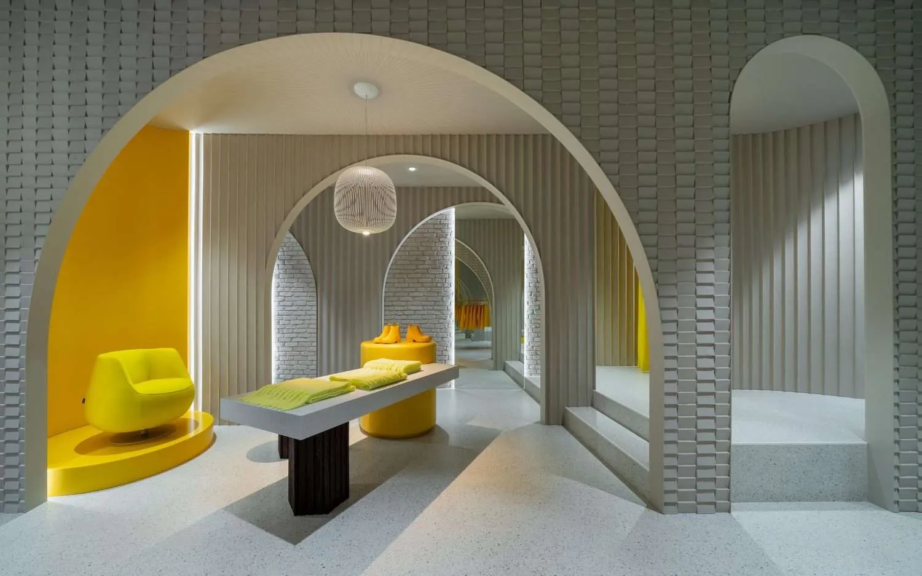If you think about it, a majority of people usually spend most of their time either at home or in their workplace. However, like the revered Greek philosopher, Plato said, “Necessity is the mother of invention.” During the pandemic, we saw an adaptation of this ‘usual’ on a global level – these two individual and functionally exclusive spaces merged into a singular multifaceted space. While inconvenient for a whole lot of people, steadily and eventually, the adversity made adapting to this ‘new normal’ inescapable.
Today, this shift has become the latest update in our lives. Living has moved from ‘work and home’ to ‘work from home’; and design, after art, has been reflecting the changes in mankind’s lifestyle since the beginning. Arper, a far-sighted leader in bringing the softness of home in contract spaces since pre-pandemic times, has consolidated this transformation by coming up with ‘The Project of Living.’ The concept, reflective of Arper’s DNA, is backed by a series of furniture that not only embodies the need of the hour but also conveys the contemporary spirit through aesthetics. It dictates in its entirety that we need more of everything – flexibility, sustainability, inspiration – to fit in.
What stands out about the line, apart from the fact of being designed by dynamic designers, is their attributes and how succinctly they represent the current age. Here’s a look:
Modularity as a response to Adaptability
The Shaal sofa by Doshi Levien, for instance, is made out of six core modules. These modules can be employed to create a variety of angular and line permutations and combinations to suit varied settings. Features like this and having various options for upholstery from leather to custom-made textiles, contribute to its versatility. The soft lines and curves of the shell design enveloping the cushions make it appear as if it’s floating on the floor!
Oell by Jean-Marie Massaud, is another example of a flexible piece of furniture in the range. Even with its eye-catching sculptural design it manages to offer options in heights, sizes and finishes. The basic design of the table dictates that the top can be swiveled in any direction needed – the offset legs and cantilevered table top can become a convenient, comfortable surface for working, reading or dining while sitting on a lounge chair. One can use it as a suave side table with a porcelain top or as a MDF-top table to work while seated on lounge chairs.
SS&S – Sleek Silhouettes and Sustainability
Constructed out of a one-millimeter-thick steel folded in of itself, Onemm – a rectangular table – by architect and designer Peter Kunz, not only provides options of playing around with frame, finishes and heights of the table, but also has an almost-aerodynamic look. Details like the edges of the table being beveled backwards, while the top tapers downwards accentuates the slim and stylish appearance of the table further. Along with providing a variation of FSC-certified European oak for the legs, the table is made of five components, each of which can be flat-packed for shipping in just two boxes, instead of five separate ones – thereby reducing the environmental impact of transportation.
An update of the classic plastic chair ‘Juno’ designed by James Irvine in 2012, ‘Juno 02’ shall live on, but as a much more sustainable product. Now made of 70% recycled polypropylene and a rethought mold that requires less material to produce, Juno’s legacy of sleekness and agility now comes in six new colors and a renewed fervor.
Creative Collaboration
Effortlessly imbuing modularity and sustainability in its attributes, but also throwing a myriad textures, patterns and palettes in the mix is Ghia – a range of tabletops and frames that can be flexibly combined with each other. Carefully balancing geometry and organic elements, the table can have a sturdy central column or a three-leg base, and a top in graceful MDF wood and elegant Venetian terrazzo. Designed by Altherr Désile Park, the table manages to deliver a hybrid of lounge furniture and industrial aesthetic, concisely defining the furniture of now.
In the end, all of these pieces reflect all of the above attributes. ‘The Project of Living’, hence sets up a template of sorts for the furniture of the future. If it can get this dynamic now, what’s in store for the future?

